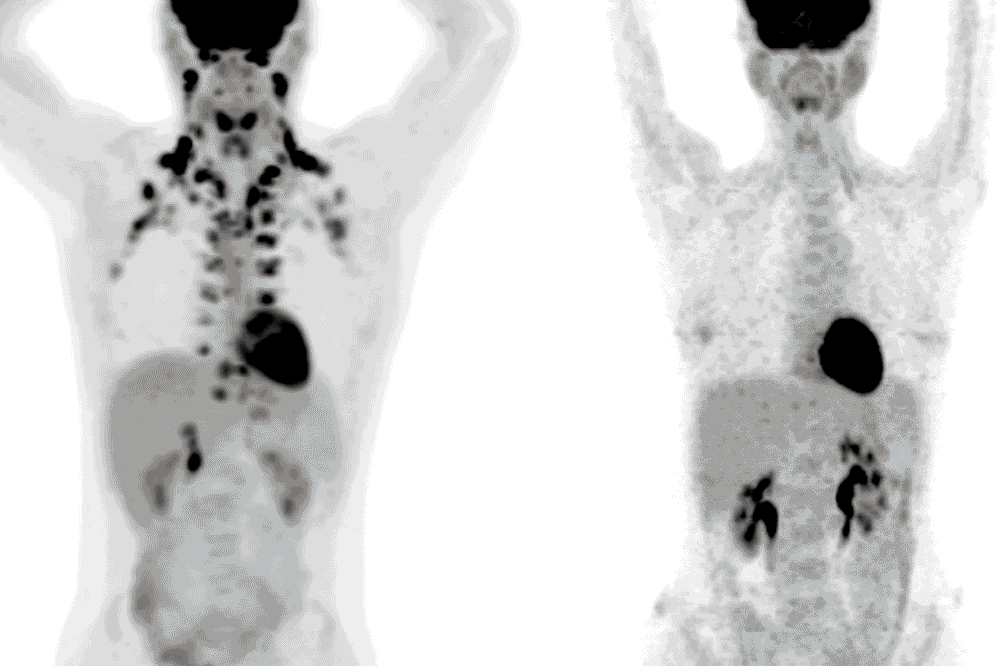
It was this year that science introduced us to grandmother neurons and water bears plodding on stubby feet. Fruit flies that overeat when feeling lonely; ribosomes that snap together like Legos.
Basic biomedical research went on, unabated, through the second year of New York City's touch-and-go battle with COVID. Investigations into the nature of the novel coronavirus and its intractable variants intensified, demanding the attention of more than 25 Rockefeller laboratories, all focused upon solving the era's great crisis as it unfolded.
Here are some of the most popular science stories that we covered in 2021.
As white snow blanketed the university in January, Paul Cohen's lab was shedding light on brown fat-the sort that everyone wants, but most of us have little of. Brown fat burns energy instead of storing calories, and Cohen's findings suggested it has other virtues, as well: It may be linked to a lower likelihood of suffering type 2 diabetes and coronary artery disease.
When the campus began to thaw, the laboratory of Ali H. Brivanlou made a discovery with similarly immediate implications for human health. His team found that the genetic test used to select embryos for in-vitro fertilization often strikes strong candidates from the list, needlessly preventing some women from having biological children. Brivanlou said the findings might prompt clinicians to implement other screening tests, fundamentally transforming IVF.
Meanwhile, scientists in Winrich Freiwald's lab discovered a class of brain cells that could, at long last, explain how we recognize familiar faces like that of our grandmothers. Once imagined to be the work of a lone apocryphal "grandmother neuron," their study clarified that the cells responsible for this feat are in fact a population of neurons collectively dedicated to remembering grandma's face by linking perception to memory in our minds.
Zooming out to inspect the entire brain at once, the laboratory of Alipasha Vaziri then captured the first detailed videos of the near-simultaneous activity of one million neurons across the mouse brain. A novel microscopy technique made it possible to visualize these neurons with unprecedented resolution, scale, and speed.
Our minds thoroughly investigated and imaged, what stole our hearts, and the hearts of our readers, was the humble tardigrade-specifically, a set of videos by Jasmine Nirody showing how the ponderous water bear walks on its eight dumpy legs.
Yet our sympathies were reserved for fruit flies experiencing social isolation in the laboratory of Michael W. Young. His research showed that lonely flies eat more and sleep less-not unlike humans overeating and shaving off hours of sleep under COVID lockdowns.
Which brings us to COVID. Throughout 2021, Rockefeller biomedical researchers continued to lead the charge, revealing the virus' secrets and illuminating a path through the pandemic.
The year started off encouragingly, with a team led by Michel C. Nussenzweig, Paul Bieniasz, Theodora Hatziioannou, and Charles M. Rice getting a green light from the FDA to start human trials on a new monoclonal antibody drug developed at Rockefeller.
Good news then struck twice in the form of a study from Nussenzweig's lab, which suggested that natural immunity to COVID tends to last at least six months, and a study from Bienasz's lab which found that future SARS-CoV-2 variants would need to develop an improbable number of mutations to fully evade the antibodies generated by vaccination or natural infection.
Soon after, Nussenzweig and Bieniasz published further work emphasizing that people who had naturally caught the virus and then received vaccines benefited from increased protection. These findings culminated in one of Rockefeller's most popular stories of the year: the unwelcome finding that vaccines may not be capable of teaching the immune system to mount as potent a defense against the coronavirus as that seen after natural infection.
As a busy year drew to a close, Rice's lab unveiled the most advanced model of the novel coronavirus to date. The non-infectious, self-replicating RNA will allow scientists to study the virus in more laboratories, and under lower biosafety conditions, in the coming years.
One last round of papers then drew us away from the pandemic, toward more evergreen news.
Every protein owes its existence to ribosomes, and it takes ribosomes to make other ribosomes. But how human ribosomes are assembled in the first place was a mystery until the laboratory of Sebastian Klinge described the process in detail for the first time, in a September study that explained how roughly 70 ribosomal assembly factors lock into place.
Shortly thereafter, the laboratory of Elaine Fuchs pondered epidermal stem cells, asking whether they retain epigenetic memories that help the body heal after injury. Her study finds that these cells not only remember prior insults but also tend to overcompensate when facing future injuries, potentially leading to chronic autoimmune diseases and cancer.
The final days of 2021 saw Vanessa Ruta's lab installing a fruit fly on a makeshift treadmill and presenting it with different smells. Her research demonstrates that dopamine neurons provide positive reinforcement to fragrant odors every moment, encouraging flies to continue pursuing rewarding experiences.






